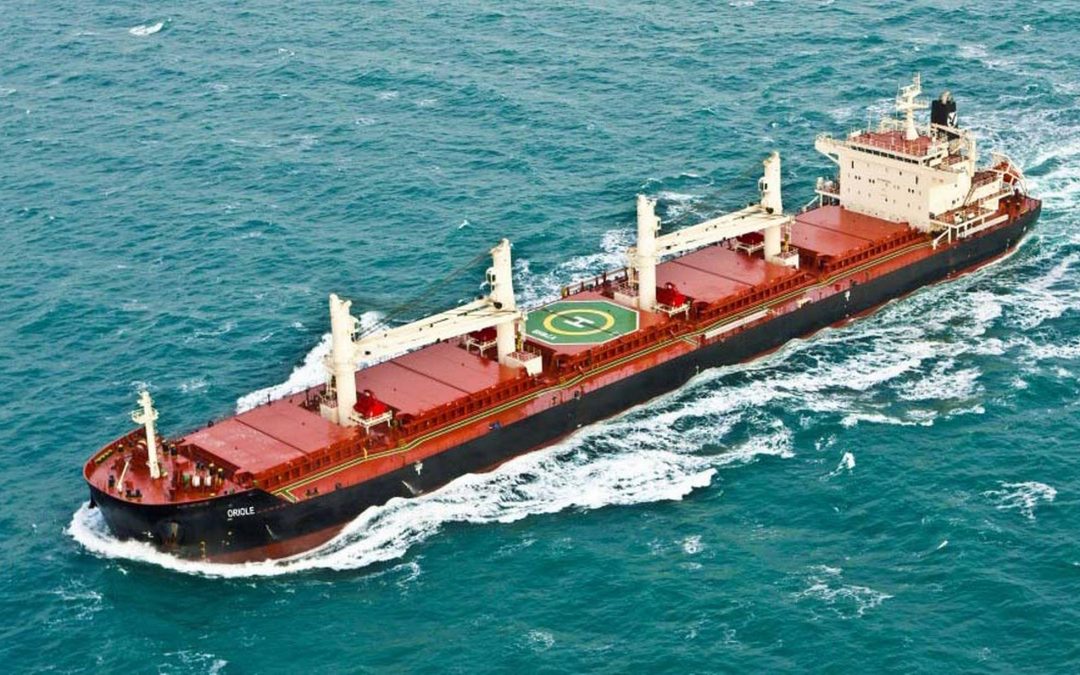China and India appear to be ramping up their import “engines”. China recently agreed to boost iron ore imports from Australia after a two-year hiatus due to the strained relations between the two countries. Similarly, India is expected to boost its coal imports. In its latest weekly report, shipbroker Xclusiv Shipbrokers said that “the beginning of the year saw the dry bulk indices on a free fall. BDI had a harsh fall of 17.49% the first day of 2023, the highest daily fall witnessed since its inception in 1985, and it dropped 25% w-on-w during the first week of 2023. The week closed with BCI down almost 33% to the 1,512-points mark, Panamax index down to 1,299 points with a fall of 15.3% and BSI and BHSI indices with a fall of 21% and 17% respectively. The downfall in the dry bulk sector the first week of the year has driven the less volatile BSI and BHSI indices to levels not seen since 2020 and to be more accurate, Supramax index was at similar levels back in July 2020 (July 11) and Handysize index had seen the 552 points mark again back in August 2020 (August 22)”.
According to Xclusiv, “China’s reopening to the world, cancelling the strict zero Covid policies has created an enthusiasm to the market but the massive Covid outbreak in China that followed created further concerns. But as the majority of analysts insist, China’s reopening will be a good omen for the shipping market in the long run. Especially for the dry bulk market, China’s come back may drive the traditional supply/demand levels to post-pandemic ones. Analysts noted that demand will play a major role in spot freight rates and China coming back as a protagonist and the dominant force of bulk imports may be the catalyst for a significant demand increase”.
“Despite market numbness during the Christmas and New Year’s holidays and the downward start of 2023, the first news of the year can only have a positive imprint on the dry market. Indian authorities announced that power plants that rely on imported coal should be fully compensated when ordered to supply electricity meaning that Indian demand for imported coal will heat up again. Since May 2022, Indian power stations, with a combined capacity of about 17 gigawatts, had ceased operating due to high prices of imported coal. The compensation of imported coal price will lead to the gradual reopening of these power stations and to an increase of demand for coal. But there is more about coal. There are many rumours that Chinese authorities are considering to lift over the two-year-old unofficial ban on Australian coal imports. The exact timeline of the ban’s removal is still unclear, but traders and analysts have announced that three Chinese state-owned power plants and a steel producer have received intimations from the Chinese authorities to import Australian coal. Allowing inflows from Australia, which make up about 30% of global coal exports, the biggest followed by top supplier Indonesia, will ensure China has enough options after Russia’s invasion of Ukraine in February 2022 propelled global thermal coal prices to record highs and China could reclaim its position as the top consumer of Australian coal in the long term”, Xclusiv Shipbrokers concluded.
Meanwhile, “the wet market also started the year with the wrong foot. BDTI index welcomed 2023 with a near 26% fall in the first week at 1,391 points, while BCTI index had a massive 50% w-on-w decrease (44% at the first trading day of the year) at 1,068 points mark. Most analysts believe that China’s Covid outbreak has played a huge role in this downfall as the vessel demand is moving to lower levels and the rates are pushed down. Crude oil tanker earnings are softening mainly due to weak Chinese oil demand as Chinese refiners buying buy oil from overseas and try to rely mainly on their stockpiles. Meanwhile Russian crude oil exports are shrinking not only to west Europe and Mediterranean but also to Asia. But Russia is not hunkering down, but instead trying to push more crude oil produced in the Arctic to India providing big discounts. In a try to find alternative routes for Arctic oil after the European Union, G7 Nations and Australia introduced the price cap on Russian oil in December, on top of an EU embargo on Russian crude by sea, Russia is selling it to India with major discounts. Arctic crude exports to India have steadily increased since May, with a record of 6.67 million barrels loaded in November and 4.1 million barrels in December as recent data showed. It is also noteworthy that tankers controlled by companies in the UAE, China, India and Russia carried more than 60% of Russian oil since December 5, more than double its previous share before the EU embargo, according to oil companies’ sources”, the shipbroker said.
Source: Hellenic Shipping News





